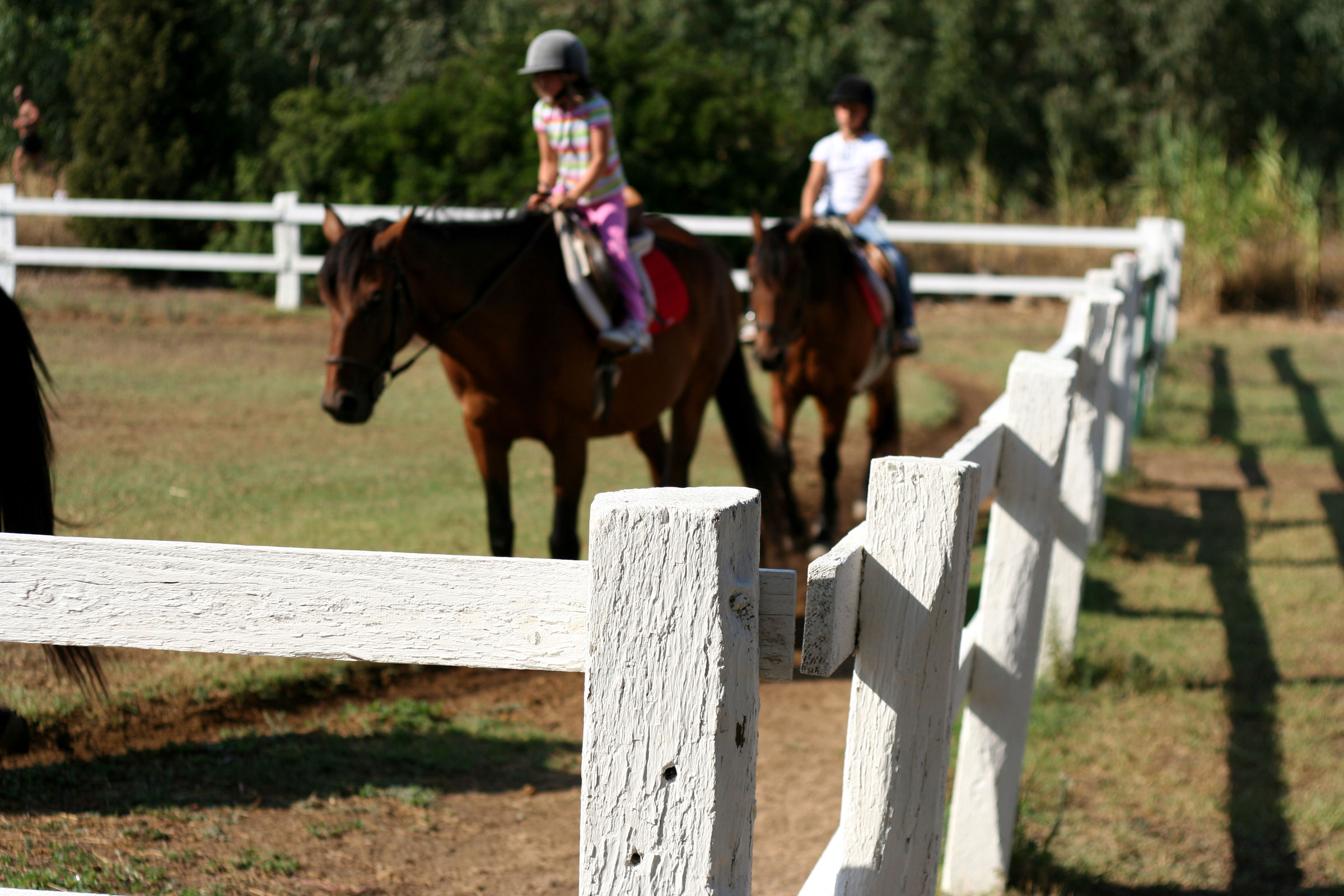
Do you think your lesson program needs more horses? First you have to do a financial analysis to determine if the business can support the additional costs.
Start by dividing your fixed costs from your variable costs, advised Barbara Lindberg, the equine business management director of Cazenovia College. Fixed expenses are those you have to pay each month regardless of how many horses you have. This would include things like a mortgage and utilities. Variable costs are those expenses that change with the number of horses you have. For example, feed, hay, shoeing, veterinary work and employees.
Savvy business owners consider how much profit they can expect from an investment. This is called return on investment (ROI). Determining ROI is partially based on calculations and partially from being a good horse manager.
“A good horseman will be able to tell that Lucky can only do one lesson comfortably a day, but Whiz can do a morning lesson and an evening lesson,” Lindberg said. “So expanding your lesson program may mean assessing who in your herd is capable of doing more and who isn’t.”
When you step over the line of asking too much from a horse, that animal and your business will suffer.
Part of the equation also includes considering what a horse is good at. Maybe Whiz can do two lessons a day, but he doesn’t jump.
“If you are trying to expand your over fences program, adding an evening lesson for Whiz really won’t help you that much,” she said. “Be realistic. Then you can assess if you need more horses.”
The simple method is to divide each of your lesson categories by the number of lesson horses you have for that category. But remember if you’re just breaking even, there’s no additional profit that you can invest in facility or equipment upgrades or even adding to your savings. It might take time to show a profit after any investment—such as adding another horse to the program. But within a short period of time, that extra cost should help the business increase its profits.
“If you add horses, that will change the variable costs. Then you can find out how much more income you need to make it work,” she said.
To get a more accurate picture, you would first divide the fixed costs evenly across all the horses. Then the variable costs would be attributed to each horse. This requires more bookkeeping, but it would tell you that Skipper only needs a trim and Lucky needs shoes. Knowing that Lucky costs more can help with decisions about how often to use him in the program, given his soundness and rider suitability.


